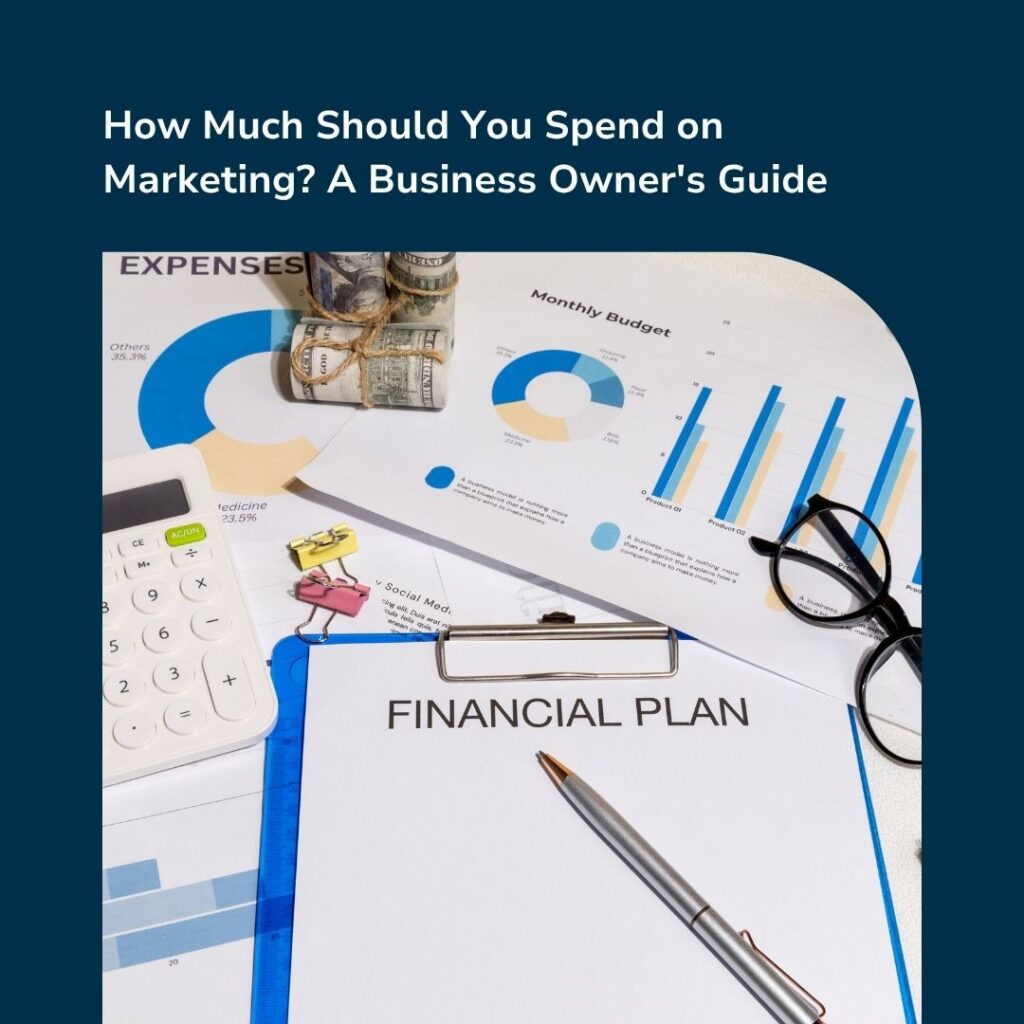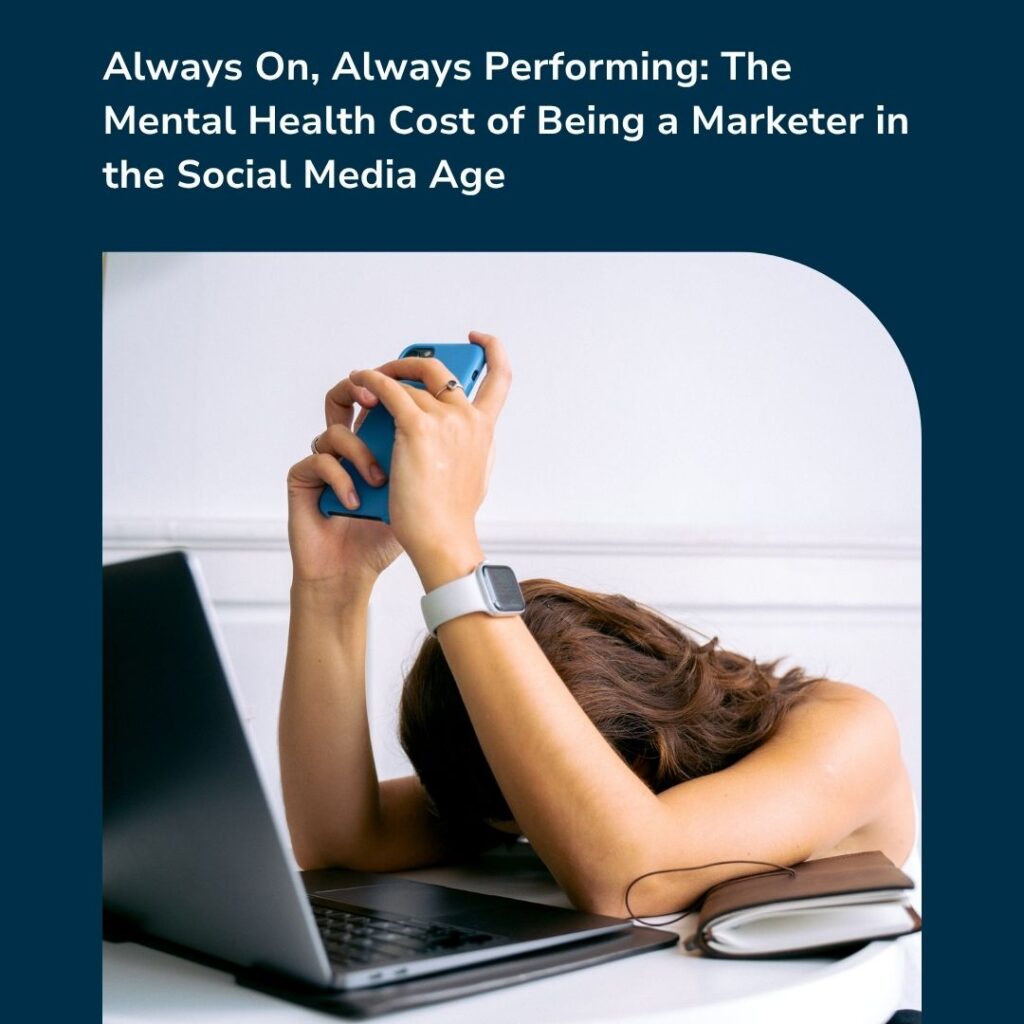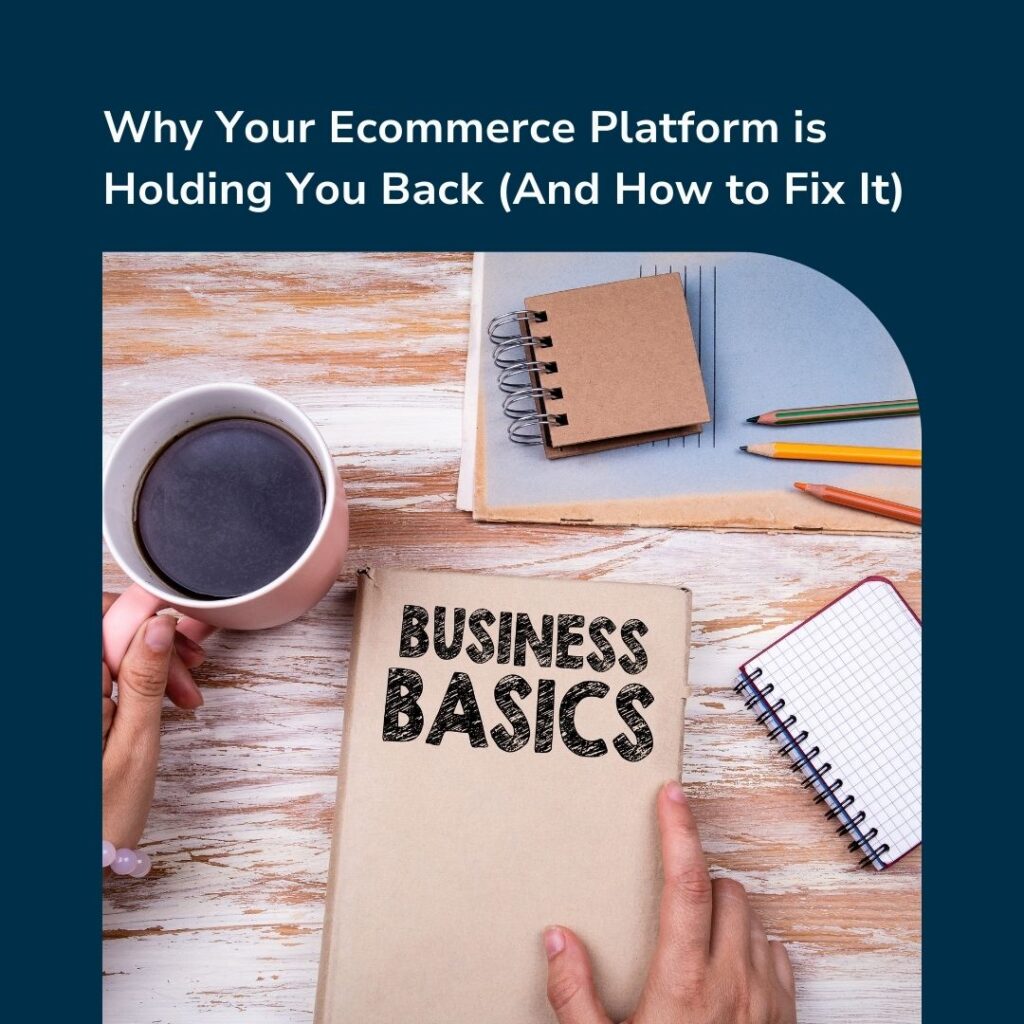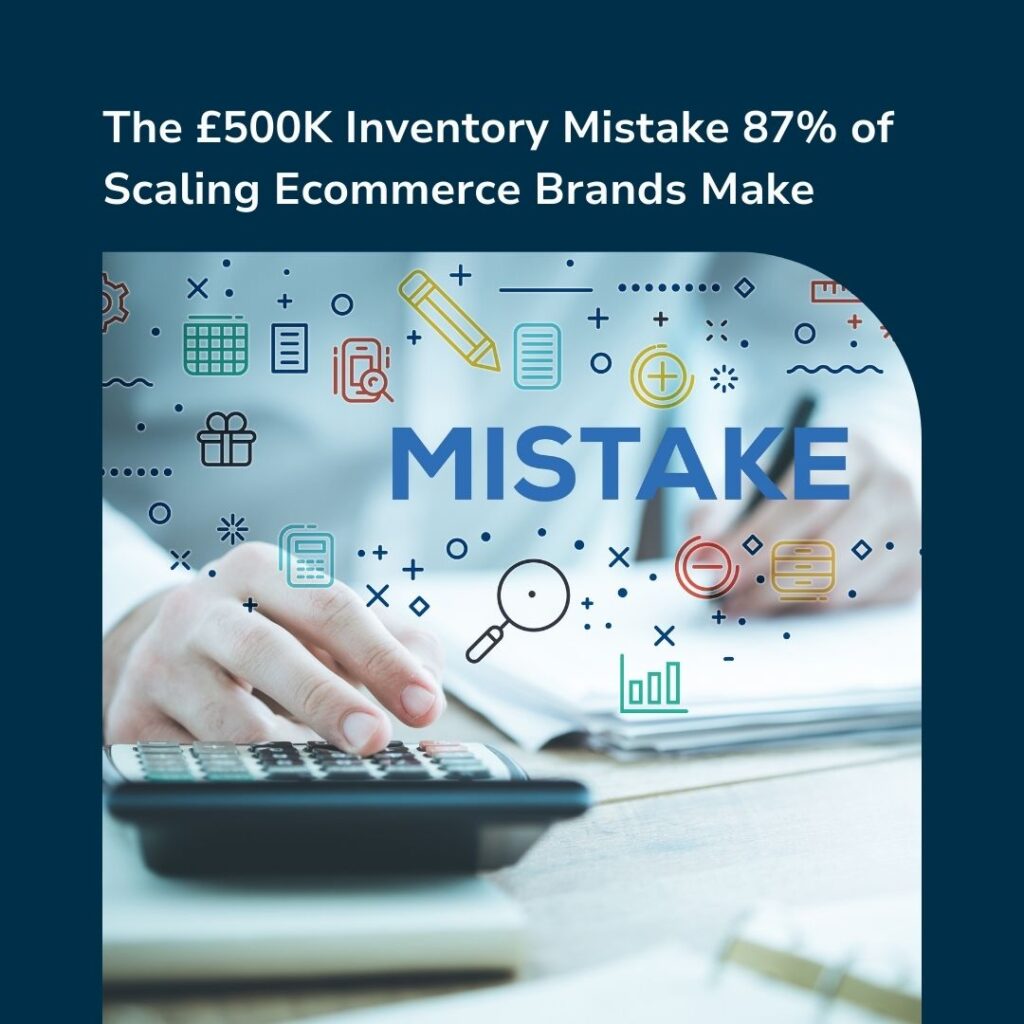In the ever-changing world of digital commerce, artificial intelligence is rapidly transforming the way we shop – and sell.
At the heart of this revolution is one powerful analogy: AI is your digital retail assistant, trained not just to serve, but to sell smarter. Just as a well-trained in-store sales associate can read a customer’s preferences, suggest the perfect product, and close the sale with minimal friction, AI-driven ad tools are doing the same in the virtual world.
The result? Product ads that feel intuitive, timely, and personal – boosting conversions while reducing ad spend waste.
So, how do you train your AI like the ultimate personal shopper? And what tools and tactics do marketers need to adopt to take full advantage of this digital shop assistant?
Let’s take a walk through the AI-powered storefront.
The New Retail Assistant: From Shop Floor to Smart Feed
Imagine walking into your favourite high-end store. A staff member greets you with a warm smile, remembers your last purchase, and suggests something new that fits your style.
That’s not just good customer service – it’s personalised salesmanship. In the world of AI-driven marketing, that same role is being played by algorithms analysing your behaviour, anticipating your needs, and delivering product ads that feel just right.
AI is no longer just a backend tool; it’s your digital shop assistant. From Meta’s dynamic product ads to Google’s Performance Max campaigns, these tools learn from user behaviour – page visits, clicks, cart activity, past purchases – and serve product ads that feel bespoke.
When trained well, they mimic the intuition and timing of a seasoned shop assistant, nudging the customer with the right message, at the right time, in the right tone.
Why Behaviour Matters More Than Demographics
Traditional ad targeting might group customers by age, gender, or income bracket. But here’s the truth: not all 32-year-old women like the same shoes. That’s where AI personalisation steps in, shifting the focus from who the buyer is to how they behave.
AI’s real strength lies in understanding patterns – tracking how someone moves through your website, how long they dwell on specific items, and which products they return to multiple times.
Just as a shop assistant might notice you keep coming back to a particular jacket, AI watches your virtual journey and starts pushing similar products, promotions, or bundles tailored to your preferences.
By using first-party data – such as browsing history, wishlist activity, and even email click behaviour – AI acts on real-time signals, not assumptions. This leads to hyper-relevant ads that feel more helpful than pushy. A well-trained AI learns to whisper suggestions rather than shout offers.
Building Trust Through Relevance: The Role of Dynamic Product Ads
One of the most effective tools in the AI shopper’s kit is the dynamic product ad (DPA).
Think of it as your AI assistant saying, “Hey, remember this?” as it gently brings back the item you almost bought last week – now with a nudge of urgency or a reminder of benefits.
DPAs automatically pull products from your catalogue and pair them with user data to serve relevant ads across multiple platforms. For example, if a shopper viewed a pair of trainers but didn’t convert, the DPA can re-target them on Instagram with that exact product – sometimes even showing matching socks or a flash discount to sweeten the deal.
These ads are more than just reminders – they’re smart nudges based on behavioural cues. When executed properly, they give the impression of attentiveness and service, much like a shop assistant holding an item aside because “they thought you might come back for it.”
The Art of the Suggestion: Product Recommendations That Convert
Beyond re-targeting, AI can also introduce customers to new products based on their interests. Product recommendation engines – like those used by Amazon, ASOS, and Netflix – power suggestions with an uncanny knack for getting it right.
Whether it’s “You might also like…” carousels or “Others bought with this…” prompts, these tools work like cross-selling experts.
But what makes them truly powerful is when they’re integrated into ad strategies. By embedding AI-powered recommendations into your ad creative – especially in email retargeting and paid social – you’re guiding the customer gently down a path that feels organic, not forced.
Over time, the AI refines its taste, learning which combinations lead to basket adds, upsells, or abandonments. Like a good assistant who learns your sense of style, the AI becomes more persuasive – and less annoying – with each interaction.
Feeding the AI: Training Through Data, Not Guesswork
But here’s the catch: AI is only as good as the data it’s trained on.
Just as a sales assistant can’t recommend products if they don’t know what’s in stock or what the customer likes, your AI won’t succeed without clean, structured, and regularly updated data.
Product feeds should be accurate, well-tagged, and include rich metadata such as colour, size, category, and availability. Behavioural data should be ethically collected, privacy-compliant, and complete – so that your AI understands who’s browsing, who’s bouncing, and who’s buying.
Crucially, this training is ongoing. AI tools thrive on iteration. Marketers must regularly review performance data, adjust their product feeds, refine audience segments, and run tests. Your AI assistant should evolve – just like a human employee would grow more effective with mentorship and experience.
Avoiding the Creepy Salesperson Vibe
While AI-driven ads can be helpful, it’s a fine line between intuitive and invasive. A good shop assistant reads your cues – if you’re clearly not interested, they back off. Your AI must do the same.
This is where frequency capping, exclusion lists, and intent tracking come into play.
If a shopper has already purchased, don’t keep showing the same product. If someone has bounced five times, consider switching the message – from product to brand story, or from salesy to helpful.
When trained to act with empathy and restraint, AI ad tools become far more effective. They stop chasing every click and start nurturing long-term brand relationships – like a store you trust, return to, and recommend.
Final Fitting: Smarter AI Means Smarter Sales
The smartest brands aren’t just using AI – they’re training it.
They treat it like a trusted retail assistant, one that learns how to serve each customer with nuance, attention, and timing. It’s not about bombarding shoppers with options. It’s about understanding them deeply enough to offer just the right one.
As the digital high street gets busier, AI is becoming the key differentiator between a forgettable ad and one that sparks action. So whether you’re a global brand or a fast-growing eCommerce store, start investing in your AI assistant. Feed it good data. Teach it to listen. Let it learn.
Because when your AI sells like your best shop assistant – it doesn’t just convert. It builds loyalty, trust, and the kind of customer relationships that last far beyond a single click.








